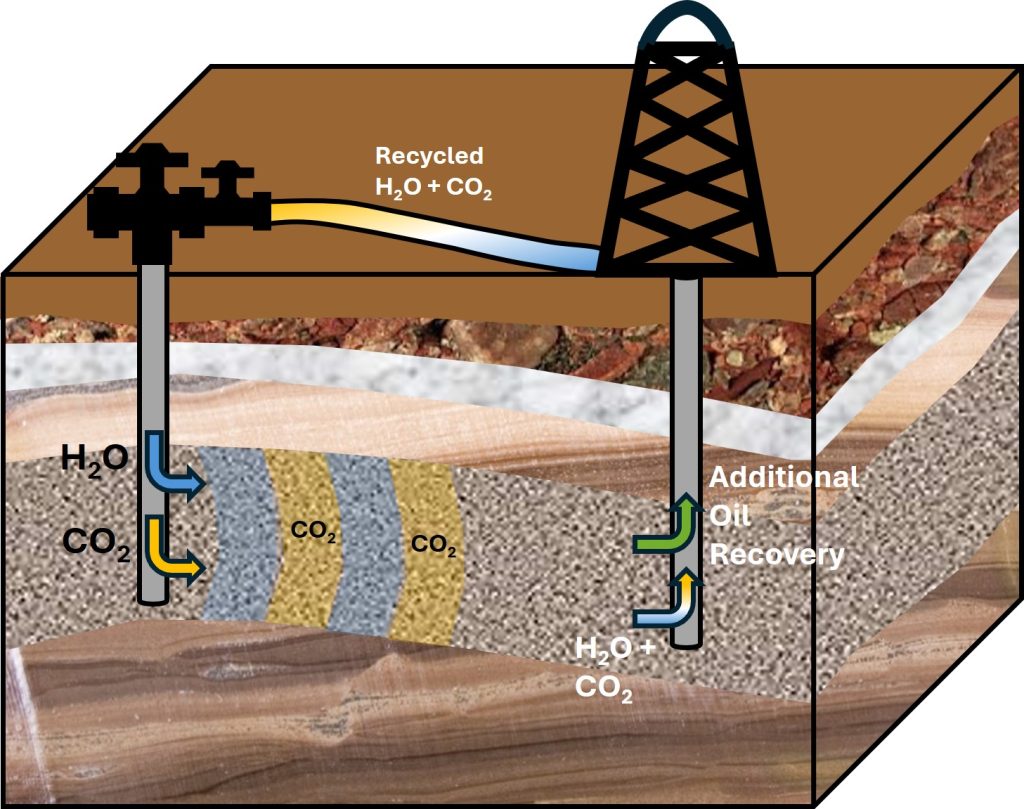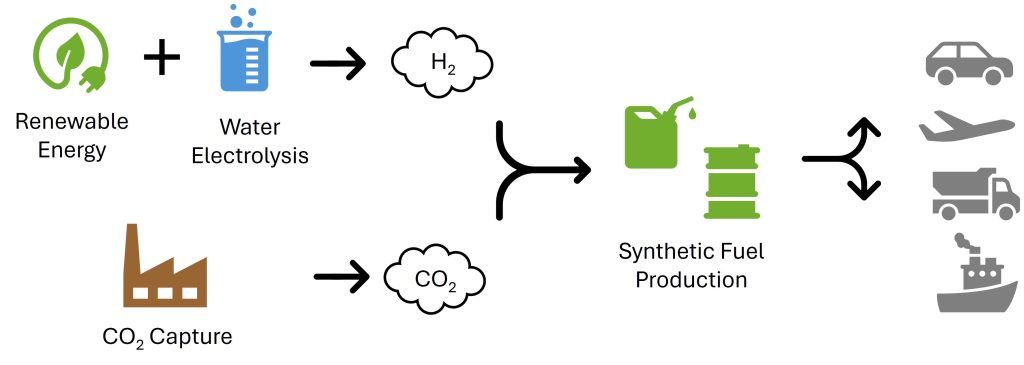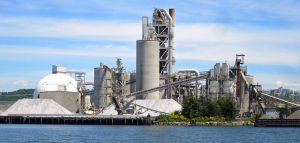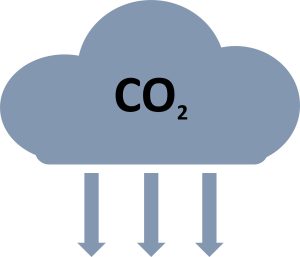In the quest for a sustainable future, Carbon Capture Utilisation and Storage (CCUS) has become a potential near term solution to abate carbon dioxide (CO2) emissions while progress is made to reduce our reliance on fossil fuels. Merlin are currently sharing a series of blogs which look at the different parts of the CCUS process, and last week’s blog looked at the first stage, the capture of CO2. This week, we turn our thoughts to utilisation of captured CO2, where emissions are repurposed for a range of applications rather than releasing them to the atmosphere.
The versatility of captured CO2
Captured CO2 is a valuable resource with diverse applications. Some of the key areas where repurposing CO2 is making a tangible impact are:
Enhanced Oil Recovery (EOR)

Currently the world relies on energy from oil and gas production. By optimising extraction from existing hydrocarbon fields, CO2 emissions are reduced through not requiring additional hydrocarbon developments. One way this can be achieved is by utilising captured CO2 to support enhanced oil recovery (EOR). By injecting CO2 into depleted oil reservoirs, additional hydrocarbons can be extracted, increasing overall production yields. This not only maximises the recovery of valuable resources but also reduces the need for new drilling operations. Alternatively, CO2 can also be used for other operations such as water-alternate-gas (WAG) injections, and as a pressure maintenance agent.
CHemicals and Fuels Production
Captured CO2 serves as a feedstock for the production of a wide array of chemicals and fuels. CO2 can be transformed into products such as methanol, urea, and synthetic fuels. This not only provides an environmentally responsible alternative to traditional production methods, but also contributes to the development of a circular economy.

Building Materials and Construction
Innovations in material science have paved the way for the incorporation of CO2 into building materials. Captured CO2 can be utilised in the production of concrete, aggregates, and polymers. These sustainable materials not only reduce the environmental impact of construction projects, but also contribute to the overall reduction of CO2 emissions. The versatile applications of captured CO2 highlight its potential to drive sustainability across industries, making it a crucial component in the transition towards Net Zero.

merlin Energy’s role in CO2 utilisation
Merlin staff have a proven track record of supporting EOR projects utilising CO2 to maximise the efficiency of existing hydrocarbon fields. Leveraging our expertise in subsurface engineering, we work alongside industry partners to develop tailored solutions for CO2 utilisation projects.
Towards a sustainable future
As industries continue to evolve towards a more sustainable future, the utilisation of captured carbon stands as testament to the potential for innovation in environmental stewardship. Through collaborative efforts and forward-thinking initiatives, we have the opportunity to transform emissions into opportunities, driving positive change for generations to come.
Stay tuned for the next episode in our CCUS series, where we will explore safe underground storage of captured carbon.
For more information about Merlin Energy Resources Limited and our contributions to CCUS projects, visit our website.



